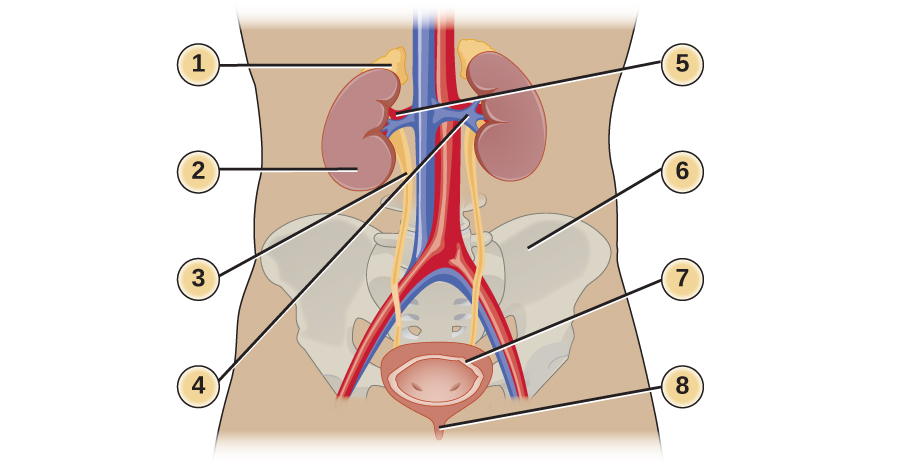| << Chapter < Page | Chapter >> Page > |
Pelvic inflammatory disease (PID) is an infection of the female reproductive organs including the uterus, cervix, fallopian tubes, and ovaries. The two most common pathogens are the sexually transmitted bacterial pathogens Neisseria gonorrhoeae and Chlamydia trachomatis . Inflammation of the fallopian tubes, called salpingitis , is the most serious form of PID. Symptoms of PID can vary between women and include pain in the lower abdomen, vaginal discharge, fever, chills, nausea, diarrhea, vomiting, and painful urination.
Hormonal changes, particularly shifts in estrogen in women due to pregnancy or menopause , can increase susceptibility to urogenital infections. As discussed earlier, estrogen plays an important role in regulating the availability of glycogen and subsequent production of lactic acid by Lactobacillus species. Low levels of estrogen are associated with an increased vaginal pH and an increased risk of bacterial vaginosis and yeast infection s. Estrogen also plays a role in maintaining the elasticity, strength, and thickness of the vaginal wall, and keeps the vaginal wall lubricated, reducing dryness. Low levels of estrogen are associated with thinning of the vaginal wall. This thinning increases the risk of tears and abrasions, which compromise the protective barrier and increase susceptibility to pathogens.
Another common cause of urogenital infections in females is fecal contamination that occurs because of the close proximity of the anus and the urethra. Escherichia coli , an important member of the digestive tract microbiota, is the most common cause of urinary tract infections (urethritis and cystitis) in women; it generally causes infection when it is introduced to the urethra in fecal matter. Good hygiene can reduce the risk of urinary tract infections by this route. In men, urinary tract infections are more commonly associated with other conditions, such as an enlarged prostate, kidney stones, or placement of a urinary catheter. All of these conditions impair the normal emptying of the bladder, which serves to flush out microbes capable of causing infection.
Infections that are transmitted between individuals through sexual contact are called sexually transmitted infections (STIs) or sexually transmitted diseases (STDs). (The CDC prefers the term STD, but WHO prefers STI, World Health Organization. “Guidelines for the Management of Sexually Transmitted Infections.” World Health Organization, 2003. http://www.who.int/hiv/pub/sti/en/STIGuidelines2003.pdf. which encompasses infections that result in disease as well as those that are subclinical or asymptomatic.) STIs often affect the external genitalia and skin, where microbes are easily transferred through physical contact. Lymph nodes in the genital region may also become swollen as a result of infection. However, many STIs have systemic effects as well, causing symptoms that range from mild (e.g., general malaise) to severe (e.g., liver damage or serious immunosuppression).
The genus of bacteria found in the vagina that is important in maintaining a healthy environment, including an acidic pH, is _____.
Lactobacillus
When the microbial balance of the vagina is disrupted, leading to overgrowth of resident bacteria without necessarily causing inflammation, the condition is called _____.
vaginosis
Explain the difference between a sexually transmitted infection and a sexually transmitted disease.
An STI is a broader term, including colonization by organisms that may not necessarily cause disease.
In the figure shown here, where would cystitis occur?


Notification Switch
Would you like to follow the 'Microbiology' conversation and receive update notifications?